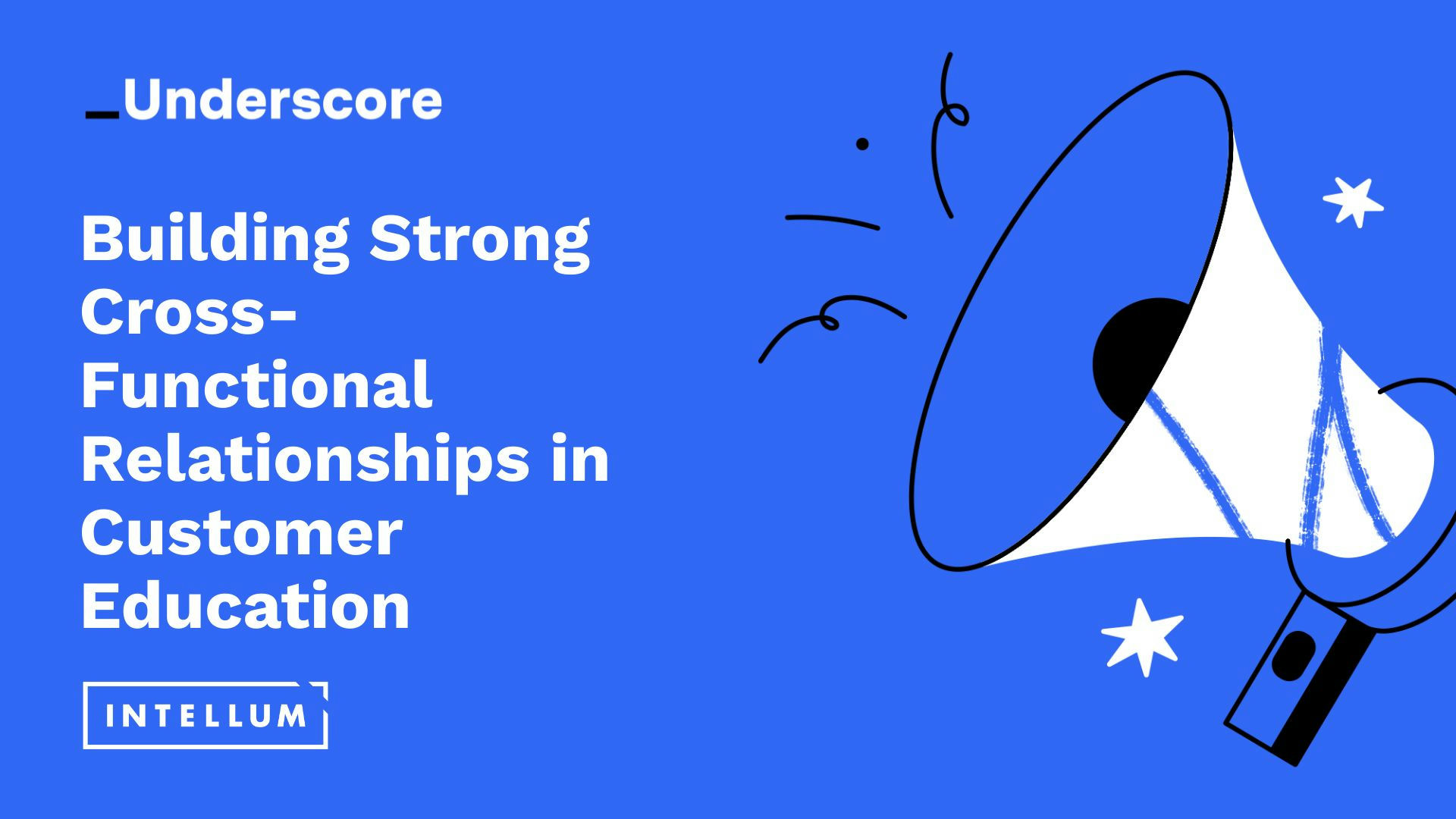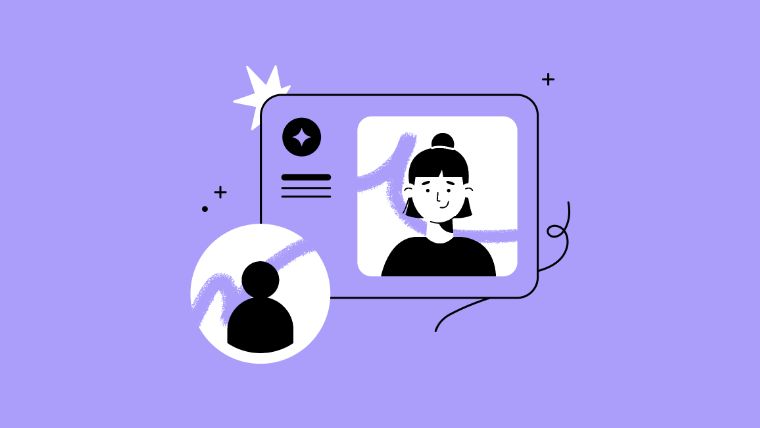How are you marketing your education programs internally?
Often, when we think about marketing customer education, we think about how we’ll market and promote our academy to customers.
But your internal stakeholders need to be kept excited and informed as well.
Today’s digital age offers a variety of options for doing that—the key is being mindful of the amount of information shared.
The customer education community recently shared their tips and best practices for this type of internal promotion, including format and frequency.
1. Slack Channel Updates
Whether you post in an existing channel or create a new channel specifically for education, Slack is an easy way to keep others in the loop about what’s happening in education. You can also use Slack to connect people to education resources, through dedicated #ask-education channels or through Slackbots that are triggered by specific keywords.
What to include: Recent progress, upcoming milestones, new courses/content/certifications, recent wins
Frequency: Weekly or monthly
{{report-link}}
2. Newsletters
This could be adding to an existing internal newsletter or one that you start up specifically for education. Think about what would be most valuable in this format—not just new course content, but also stories from learners.
What to include: New content, upcoming training, customer stories
Frequency: You might choose monthly or bi-weekly, depending on how frequently you’re releasing and updating content
3. All Hands Presentation
Education impacts every part of the business, so if you can find time to share during an all-company presentation, that’s ideal! Your company will likely have guidelines regarding time spent presenting, so consider what’s most important for people across the company to know about your education efforts.
What to include: Irina Itu, Learning Programs Manager at FlowX.ai, recommends presenting at All Hands when there’s a high-impact update or project worth sharing.
Frequency: Quarterly
4. Walk-Around Deck
Brian Childs, Founder of Learning Outcomes, recommends building a walk-around deck. This is a simple deck you can use in conversations with individuals and teams regarding the role of education in the business.
What to include: This is how Brian structures his deck:
- What’s the point and who’s on the team
- The goal we align to (taken directly from company OKRs)
- A 1-2 sentence statement describing how we intend to impact this goal
- Team structure so people know who does what and who people should expect to interact with
- Major projects & timelines - use Gantt charts, boxes, or whatever makes sense. It helps to put these in terms of projects the team controls entirely vs. those that require cross-functional support.
- What we need from other teams. What’s the best way to collaborate with your team? What resources do we need? What’s the process for ____?
Frequency: As-needed
5. Lunch & Learn
You might also schedule a learning session to talk about your education initiatives, how they tie to business goals, and how education benefits different teams around the company. Dyuti Sengupta, an instructional designer and curriculum writer, suggests hosting informal webinars about your education programs.
What to include: Your walk-around deck, or an expanded format of it.
Frequency: Twice a year
{{webinar-link}}
6. Internal Wiki
Ashley Rickard, Learning & Development Manager at Ninety, created a weekly bulletin with an organized list of resources produced by the education team. Each resource has a short blurb on use-case/purpose. This can be housed in Confluence, Google Sites, or through whatever internal wiki your company uses.
What to include: List of resources with short descriptions for sharing, walk-around deck, mission & charter for education, education roadmap, overview deck for quick references of types of education, location (LMS, ILT, etc.), and frequency.
7. 1:1 Conversations
While 1:1 conversations certainly don’t scale, they’re one of the best tools for building relationships and creating advocates. These discussions don’t have to be explicitly about education, but as you’re connecting with colleagues, reference the work you and your team are doing.
What to include: While these are informal conversations, you might reference your walk-around deck or other materials to help showcase the work your team is doing.
Frequency: As-needed
8. Attend Cross-Functional Meetings
Some people call this a “road show.” The idea is asking to be added to the agenda for existing team meetings to share about what the education team is doing, how that team can benefit, and how both teams can best work together. In addition to some of the other formats listed here, Silvie Liao, Manager of Learning Operations and Certification, advocates for attending cross-functional meetings to get in front of key audiences.
Nicole Reznik, Lead for Learning & Development at Side, shared that she “pops into as many internal and customer-facing meetings I can. Folks will pull me in to give a few highlights on our program. It makes them look good in front of customers but also informs them along the way.”
What to include: An expanded version of your walk-around deck, including how education serves the particular team you’re connecting with.
Frequency: Quarterly or as-needed (for example, prior to a big launch or when new members join a team)
9. Create Advocates
Evan Hall, a long-time customer education leader, suggests another tactic: build advocates who oversee existing communication channels. You can post in Slack, add to the company wiki, and speak at meetings all day, but there’s nothing quite like a team leader emphasizing the importance of education. Evan shared about a time when he had a 1:1 with an executive. That conversation sparked an enthusiasm that turned this exec into a “megaphone” for customer education.
10. Share Regularly and Broadly
There’s no one “right” way to communicate internally about your programs. Everyone’s busy, and people don’t receive information in the same ways. That’s why it’s important to communicate in a variety of formats—and be consistent in spreading your message.
We have a saying in marketing: “When you get tired of saying it, that’s when they’re finally starting to hear it.” Keep championing your education programs. Internal PR matters!






.png)

